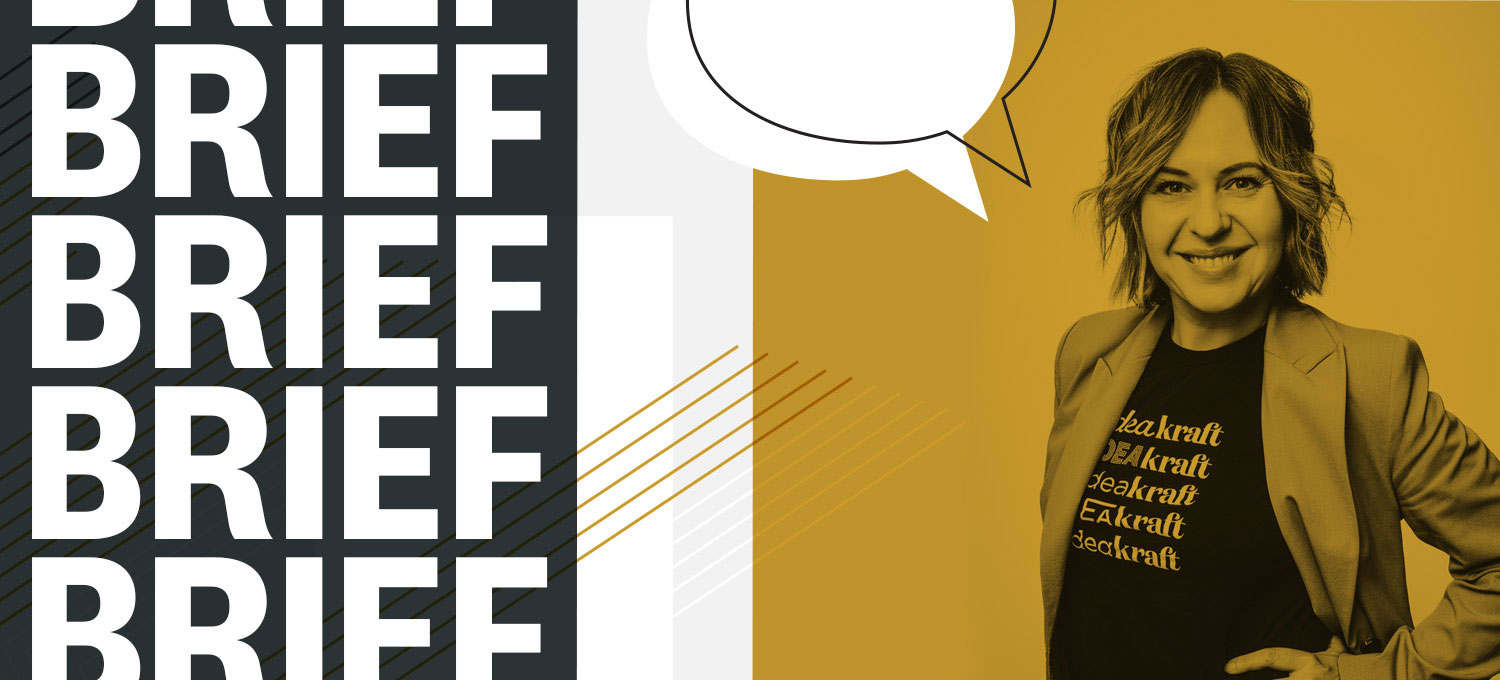
The Importance of a Well-Crafted Content Brief: A Guide for Success
A content brief is the foundation of any well-planned project and a critical factor in determining the success of your marketing campaign. Understanding what a content brief should include and how to write it effectively is essential to get the best results from your creative agency. We’ll walk you through the key parameters that make up a well-crafted content brief, including:
- Project goals
- Target audience
- KPIs
By the end of this guide, you’ll have the knowledge and confidence to write a better brief that sets your project or marketing campaign on the path to success.
Define Target Audience
An essential part of any content brief is knowing your audience. Describe your target group in detail, including demographic data and their personalities, motivations, and lifestyles. Share your customer persona with the creative agency if you’ve already created one.
Use Simple and Easy-to-Understand Language
When writing a content brief, it’s important to use language that is clear, concise, and easy to understand. Make sure you’re using words and phrases that accurately describe—using plenty of adjectives—what you want to receive from the creative team. It’s essential to define your expectations well to ensure you get the results you want. Remember, the brief should provide an outline to your agency of exactly what you expect from the project.
Describe Your Product and Company
Before diving into the hard targets, schedules, and budgets, take some time to tell an interesting story about your company and the products and services you provide. Tell your agency why you believe your customer should care. Explain the reasons why your offerings are unique and worth the attention of consumers. What can you give your consumer that they are missing? You can get coffee anywhere, but at Starbucks, you can get personalized experiences and rewards for every purchase, which is why people wait in lines around the building. What sets you apart from your competitors? You can also include a little bit of history behind your company.
Describe the Background of the Project
It’s crucial for your agency to understand why you’re launching this project or rebranding effort in the first place. Again, you’ll need to ask yourself a few questions. Briefly answer why this project is worth the investment and what prompted you to start working on it. This stage is different from defining the marketing objectives of the campaign, such as increasing leads or website views. Here the focus is on why.
Define Project Goals
Defining your project goals is one of the most critical parts of the content brief. Start by outlining a specific problem you want to solve or goal you want to achieve, and be specific about the impact you want the rebranding or campaign to have on your customers. Goals can range from sales targets to brand-building activities, such as launching a new product or changing brand perception. Divide your goals into short-term and long-term categories to help your creative team understand what they need to focus on and to help you keep your project on track.
Identify Key Performance Indicators (KPIs)
You and your agency will want to measure the success of all your efforts. Using the essential metrics of KPIs to measure the success of your marketing campaign will be a major help. When writing your content brief, make sure to include a section that outlines the KPIs you want to track—website traffic, conversion rates, and social media engagement, to name a few. This will help your creative agency understand how they will measure the success of the project and provide valuable insights into how they can improve your marketing efforts.
A successful marketing campaign begins with a well-crafted content brief. By following these tips, you’ll be able to write a content brief that sets your project on the path to success and strengthens your relationship with your creative agency.
Your inbox needs more Idea Kraft.






